Over the last 10 years, there has been a radical change in the charging technology of Android smartphones. Whereas the older Android devices and the initial Android devices to date were relatively reliant on the use of micro-USB ports, the scene has shifted radically towards the adoption of USB-C as the new standard. Does Android support USB-C? Is this the question that has crossed your mind? You are asking the right questions at the right time, or are shopping for the best USB-C charger to use with new Android phones.
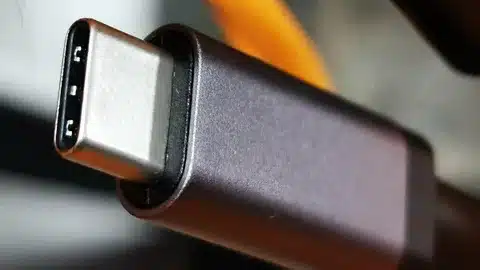
The evolution from micro-USB to USB-C is not just a matter of connectors; it’s a leap towards faster charging speeds, universal compatibility, and future-proofing. There are currently a lot of competing standards available to wirelessly power your smartphone, such as Qi and AirFuel, and with the advent of USB-C, there is an ever-expanding genre of charging selections available to consumers in the Android ecosystem that can get a little confusing from time to time.
The Android Charging Landscape: USB-C Takes Center Stage
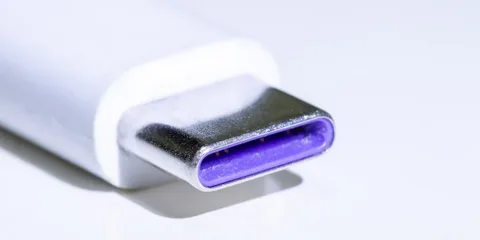
USB-C has taken its place as the undisputed king of Android charging ports, becoming the standard for most Android devices. Some major manufacturers, such as Samsung, Google, OnePlus, Xiaomi, and many more, have made USB-C the standard for flagship and mid-range phones. As a result, this reversible connector has several advantages compared to its predecessors, including greater power transfer and data transfer rates.
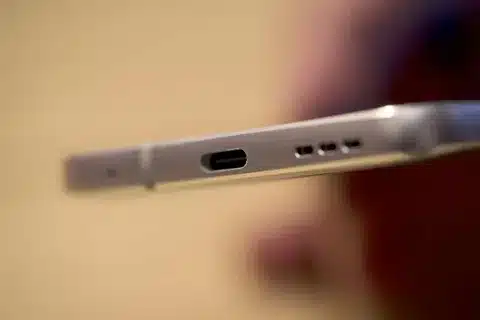
The vast majority of phones running Android today have USB-C ports, which means the answer to “does Android use USB-C” is a resounding yes, at least for most modern devices. This has been further accelerated by the European Union’s mandate that all USB-C be compatible by 2024, providing even more uniformity amongst Android manufacturers.
However, there are still some budget Android devices and older models that use micro-USB. These legacy connections still work fine, but with slower charging speeds and less protocol support than their USB-C counterparts.
Wireless Charging Revolution: Qi and Qi2 Standards
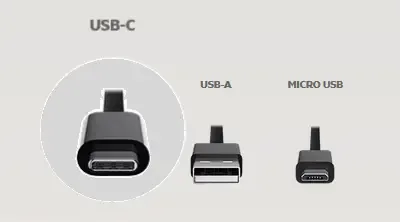
Wireless charging has gone from a novelty feature to a mainstream necessity for many Android users. The Qi standard is the most popular of all wireless charging standards and is supported by most flagship Android devices. “With Qi2, magnetic alignment is being introduced to the charging standard, and it also promises more efficient wireless charging experiences, similar to Apple’s MagSafe.
| Feature | Qi Standard | Qi2 Standard | Proprietary Fast Wireless (e.g., Samsung, OnePlus) | Wired USB-C Charging |
| Magnetic Alignment | Not supported | Supports magnetic alignment like MagSafe | Usually not magnetic | Not applicable |
| Charging Speed | 10–15 W | 10–15 W (magnetic alignment may improve efficiency slightly) | 30–50 W | 18–100+ W (depending on device) |
| Efficiency | Moderate | Slightly improved | Moderate to High | High |
| Convenience | High (no cables) | Very High (easy alignment) | High (faster than standard wireless) | Moderate (needs cable connection) |
| Device Compatibility | Broad across Android devices | Limited to devices supporting Qi2 | Limited to specific manufacturer devices | Broad, universal |
| Trade-offs | Slower than wired, less efficient | Slower than wired, but better alignment | Only works with specific phones/chargers | Requires cable, less convenient |
Android wireless charging currently supports 10-15 watts of standard Qi charging, although some manufacturers have proprietary fast wireless charging solutions that can reach 30-50 watts. Examples of these manufacturer-specific technologies include Samsung’s Fast Wireless Charging technology and OnePlus’s Warp Charge wireless technology.
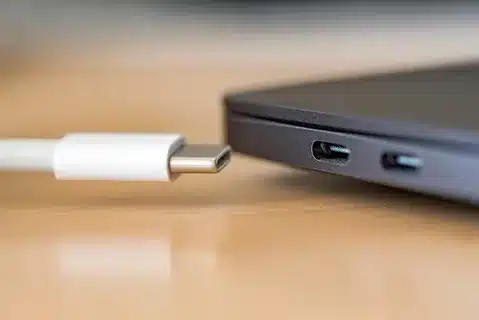
Wireless charging is very convenient, but there are trade-offs, such as reduced data transfer speed. The general energy efficiency is still inferior to the wired charging solution, and the charging speed is generally not as fast as the wired solution (USB-C). For users who value convenience over speed, wireless charging is a great addition to USB-C charging capabilities.
Understanding Android Charging Protocols: PD, PPS, and Quick Charge
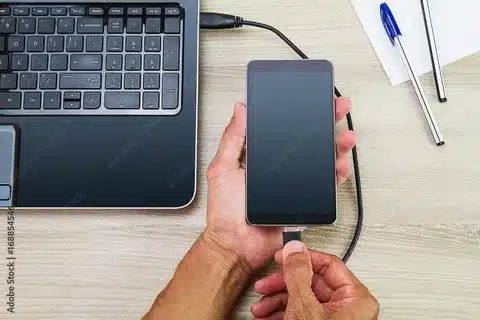
USB Power Delivery (PD) is the common charging standard for fast charging across Android devices. This protocol constantly adjusts charging voltage and current to provide the best charging speeds and data while still being safe. While most smartphones use 18-65 watts of power, USB-C PD supports up to 100 watts to power devices.
Programmable Power Supply (PPS) – PPS takes charging efficiency to a higher level by allowing real-time voltage compensation. This technology minimizes heat production during charging cycles, which can help prolong the battery life while still allowing for fast charging speeds. Samsung and other manufacturers are starting to use PPS with their premium devices.
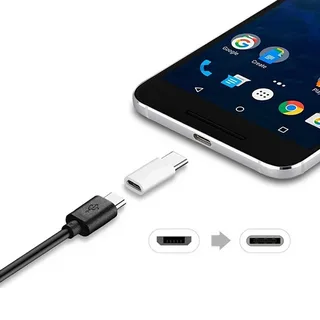
Quick Charge from Qualcomm continues to be used for Snapdragon-powered devices Maximum charging speed of Quick Charge 5 is 100W, but not every device and charger supports 100W. It is important to understand the charging protocols supported by your Android device for optimal charging performance and access to safety.
Choosing the Right USB-C Charger for Your Android Device
| Factor | Details | Notes / Tips |
| Device Wattage | Check your phone’s maximum charging capacity | Common ranges: 18W, 25W, 33W, 65W, 100W |
| Cable Quality | Use certified USB-C cables with proper gauge | Avoid cheap/uncertified cables to prevent slow charging, heat, or damage |
| Charging Protocols | PD (Power Delivery), PPS (Programmable Power Supply), Quick Charge | Chargers supporting multiple protocols offer better compatibility across devices |
| Charger Technology | GaN (Gallium Nitride) chargers | Compact, efficient, high power output, great for portability |
| Safety Considerations | Overcurrent and overvoltage protection | Ensures device safety during fast charging |
Choosing the ideal USB-C charger for modern Android phones involves considering various important aspects. First, see what the max charge wattage of your device is, as well as the USB type (this is usually mentioned in the specs, or you can Google your model + fast charging specs). Common charging speeds of Android devices with their variants are 18W, 25W, 33W, 65W, 100W.
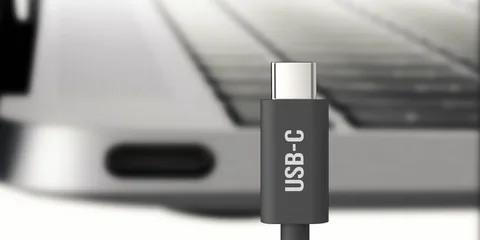
The quality of the cable is an important factor in charging performance and safety. Look for USB-C cables that are certified for powering your device and have the appropriate gauge or wire to handle high currents. Cables of poor quality or without a certification can slow down the charging process, generate excessive heat, or even damage your device.
Compatibility: Look for chargers that support multiple charging standards like PD, PPS, and Quick Charge for maximum compatibility with different devices. Compact Design: GaN chargers provide efficient charging solutions with high power output, making them suitable for users who prioritize portability and performance.
Fast Charging Safety: What Every Android User Should Know
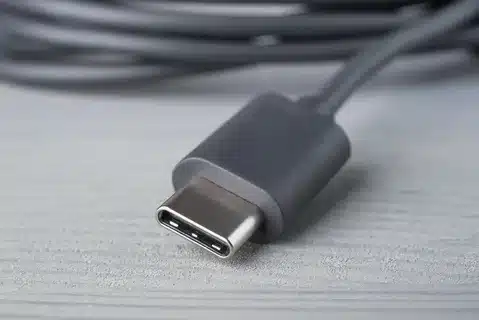
Fast charging safety issues revolve around heat issues, battery degradation, and electrical safety features. Reliable chargers have overcurrent protection, overvoltage protection, and temperature monitoring to avoid potentially hazardous charging conditions.
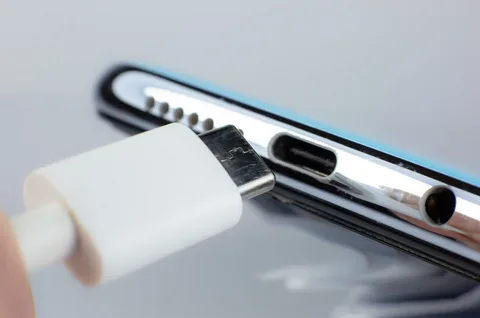
Avoid very cheap chargers that don’t have the right certifications from UL, FCC, or CE marking authorities. Lack of Safety Features: Uncertified chargers may not have the necessary safety features, which could lead to damaging your device or causing a fire. Buy chargers made by reputable manufacturers with a history of safety.
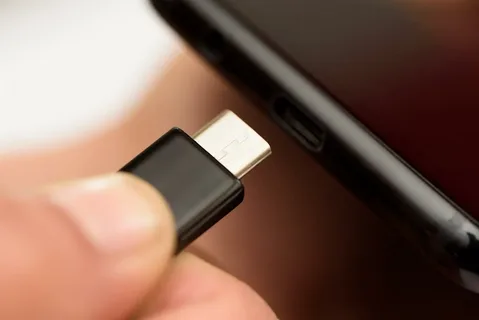
Battery health will benefit from avoiding a 100% charge at all times and excessively high charging speeds if at all possible. Many Android devices come with battery optimization features that reduce the charging speed when reaching near full capacity levels to help maintain long-term battery health.
USB-C vs Wireless: Speed, Convenience, and Use Cases
| Feature | USB-C Wired Charging | Wireless Charging |
| Charging Speed | Fast; full charge in 30–60 minutes | Slower; 2–3 hours for full charge |
| Convenience | Requires cable connection | Contactless, easy for bedside, desk, or car charging |
| Energy Efficiency | High (near 100%) | Moderate (≈70–80%) |
| Port Wear | Slight wear on the charging port over time | No wear on the charging port |
| Best Use Case | Rapid charging when time is limited | Overnight charging, desk use, or hands-free scenarios |
| Hybrid Approach | Use for speed-critical situations | Combine with USB-C to maximize convenience and efficiency |
Charge speed: USB-C charging generally provides faster charging speeds compared to wireless options. Unlike wireless charging, which can take 2-3 hours for full charging cycles, a good USB-C PD charger can fully charge the majority of Android Phones within 30-60 minutes.
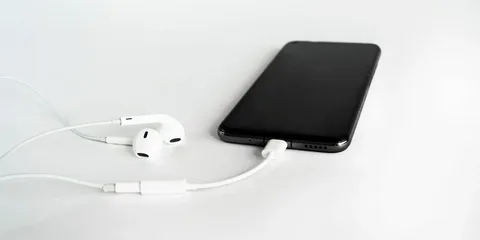
Wireless charging is great for convenience applications – bedside charging, workstation charging, or charging in the car without dealing with cables. The contactless nature avoids any wear on charging ports, but the energy efficiency of contactless charging is only about 70-80% versus wired charging.
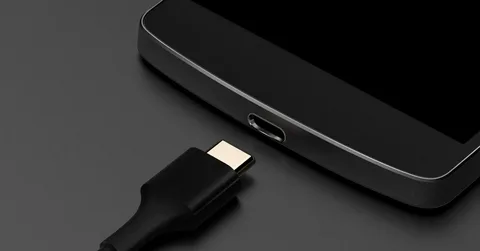
Consider hybrid models using both technologies. Use USB-C to quickly charge when you are short on time, and wireless charging when you are working or sleeping overnight and don’t mind the convenience versus speed trade-off. This approach will take full advantage of the properties of both technologies.
The Future of Android Charging: Emerging Trends and Technologies
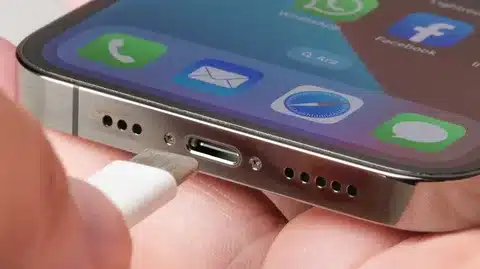
With consumers and regulatory bodies now demanding that it be universal, it looks like USB-C is here to stay. This is an important point to note, because thanks to the EU’s common charger directive for USB-C, Android devices will continue to be based on this standard, and manufacturers will continue to optimize charging speeds and efficiency within its constraints.
Foldable Android devices present their own set of unique challenges when it comes to charging, due to their higher battery capacity and thermal management requirements. The scalable power delivery features of USB-C make it an ideal connector for these new form factors, as it allows for higher power output, which is necessary for the power demands of dual-screen devices.
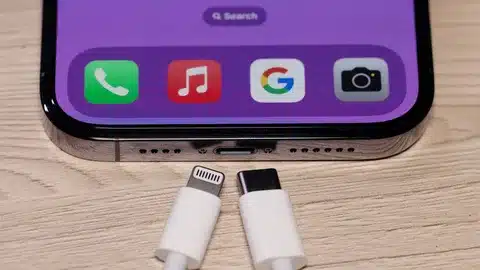
With manufacturers using Android adopting Qi2 wireless charging, we will see greater efficiency and magnetic alignment capabilities. This technology has the potential to overcome the performance gap between wired and wireless charging options while retaining the convenience of contactless charging.
Android Charging Dos and Don’ts: Expert Recommendations
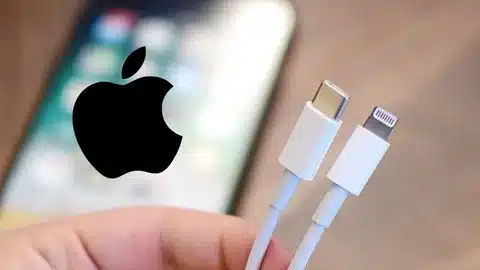
Invest in quality chargers and durable cables: Make sure to invest in certified chargers and cables from reputable manufacturers. High-quality parts make sure your device performs well and won’t be damaged by electricity. Look for UL certification, USB-IF certification, or recommendations from the manufacturer when choosing charging accessories apple mfi certified.
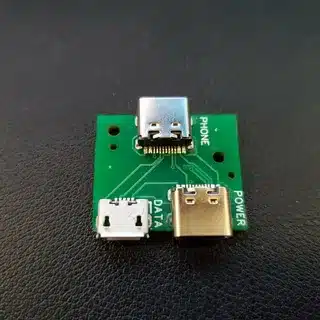
Don’t use public USB outlets for charging, as it is not safe. These charging points may be infected with malware or data theft malware that targets connected devices. When charging at a public charging station, look for USB data blockers or portable battery banks for a safer alternative charging option.
Therefore, it is important to match the charger capacity with the device specifications. Charging an 18W device with a 100W charger is not bad, but it is not the best way to go, and when charging a high-wattage device with the wrong charger, you will experience slow charging performance.
Quick Reference: Android Charger Comparison Guide
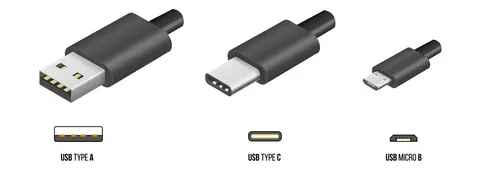
USB-C Power Delivery: Universal Portability, 100W fast charging, the perfect workhorse for everyday fast charging. Uses compatible cables and devices for the best solution
Wireless Qi/Qi2: Easy to use contactless charging, magnetic positioning with Qi2, suitable for bedside or desk. In general, less energy efficient and slower than wired alternatives.
Quick Charge 5: Ultra-fast charging support for supported Snapdragon devices up to 100W output levels. May only apply to certain manufacturer implementations and devices.
Legacy Micro USB – Still in use in budget devices; Limited charging speeds; Limited protocol support. Not bad enough for basic charging requirements, but it doesn’t offer the future-proofing aspects of USB-C lightning to USB
The decision between these technologies relies on your priorities: here are some tips to help you choose. speed, convenience, device compatibility, and budget considerations all play a role in determining the ideal charging solution for your particular Android device and usage habits micro usb cable.
Conclusion: Making Smart Android Charging Decisions in 2025
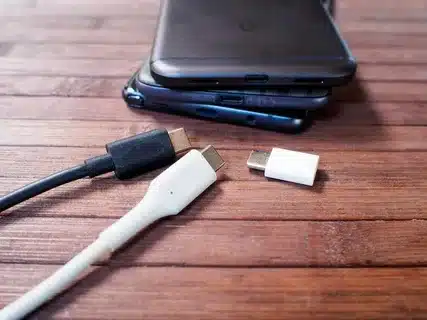
By unraveling the complexities of Android charging technology, you can make informed choices about chargers, cables, and charging habits. USB-C has undoubtedly become the standard of choice, with its fast charging capabilities, universal compatibility, and forward-looking design, making it the future-proof solution for the majority of Android devices and Apple devices.
Although wired USB-C charging is still the fastest and most efficient, the convenience of wireless charging makes it a valuable addition in the overall wireless charging experience. By aligning your charger capabilities to your device specifications and prioritizing safety through certified accessories, you can optimize charging performance while safeguarding your investment Apple iPhone.
As the charging technology on Android continues to evolve, the scalable power delivery of USB-C and the evolving wireless standards, such as Qi2, offer current charging solutions for long-term relevance. Whether you prefer blazing-fast charging speeds or the convenience of wireless charging, today’s Android charging landscape boasts solutions that cater to every user’s requirements and preferences usb a.




